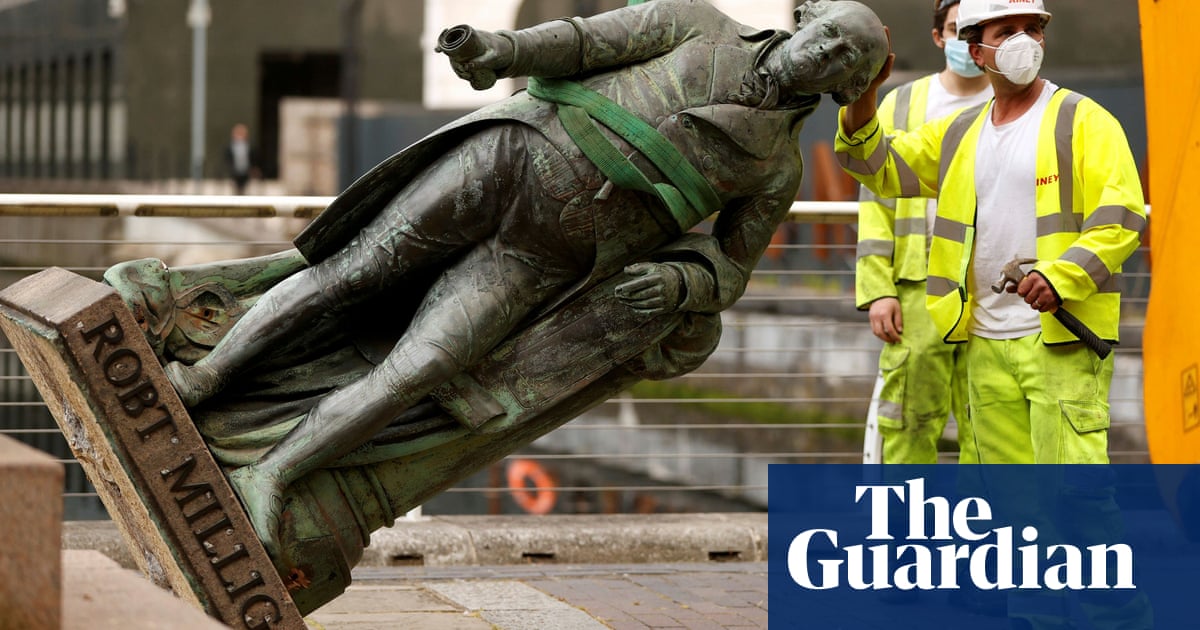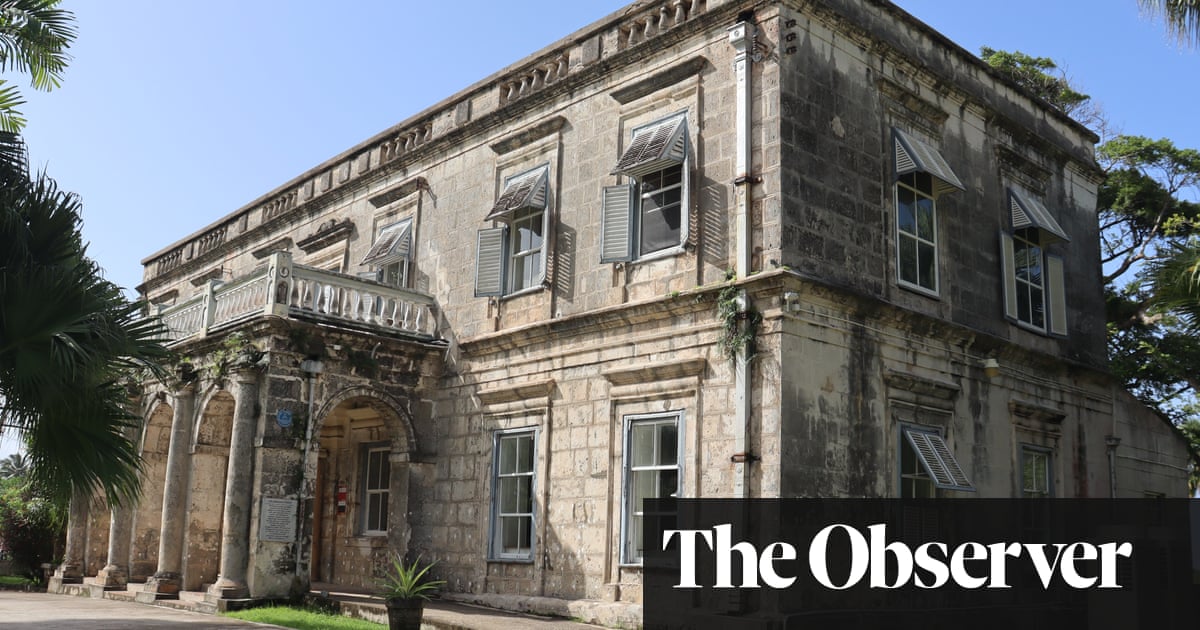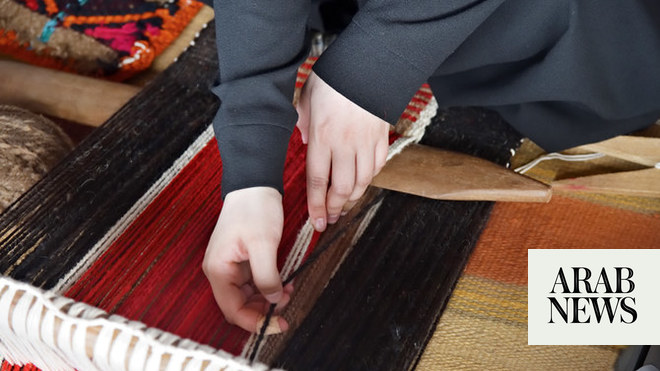
Memorial to be located at West India Quay, east London
Design inspired by cowrie shells, by artist Khaleb Brooks
Memorial to be supported by educational program on slavery
LONDON: London is set to have its first memorial to victims of transatlantic slavery, with the mayor’s office announcing on Friday the design of a long-awaited monument seen by advocates as a step toward confronting the past and its legacies.
The memorial will be located at West India Quay, in east London, where warehouses were built in the early 19th century to receive what the mayor’s office has described as “products of slavery,” such as sugar from plantations in the Caribbean. For over 300 years, British ships forcibly transported more than three million enslaved Africans across the Atlantic Ocean, and the City of London was the financial center of the trafficking.
“We know so much of London’s wealth has been built on the backs of enslaved people,” said London’s deputy mayor for communities and social justice, Debbie Weekes-Bernard, as she announced the winning design.
Inspired by the shape of cowrie shells, widely used as currency across Africa to trade enslaved people, ‘The Wake’, by Khaleb Brooks, will be a seven-meter (23 ft) tall bronze sculpture visitors will be able to enter.
Inside, the walls will list names of enslaved people.
“We are our history, it tells us where we’ve been, where we are and the direction we could go,” Brooks said.
The mayor’s office has pledged 500,000 pounds ($655,750.00) to fund the memorial — expected to be installed in 2026 — but it will also need private donations. The total requirement has not been set.
Weekes-Bernard said she hoped the memorial, which will be supported by an educational program about slavery, will be a “step” to help Britain have a wider conversation about its past.
She said confronting history could help tackle some its legacies today, including racial discrimination. “There needs to be a conversation... (about) how history connects to the experiences that Black communities have today.” There are over 900 representational public monuments, such as statues, busts and plaques, across Britain related to transatlantic slavery but the vast majority are linked to enslavers or white abolitionists, according to a survey mapping such monuments. After the US police killing of George Floyd in 2020, Black Lives Matter protests swept the world, with various statues of enslavers and colonizers being toppled, including the statue of trader Edward Colston in Bristol. Critics argued that such actions amounted to the censoring of history.
The idea of having a slavery memorial in London is not new. Campaign group Memorial 2007 had secured planning permission for a site in Hyde Park, and the backing of the then mayor Boris Johnson, but it did not receive government funding and has not yet been built.
Memorial 2007 campaigner Oku Ekpenyon said: “We just have to keep on pushing.”












